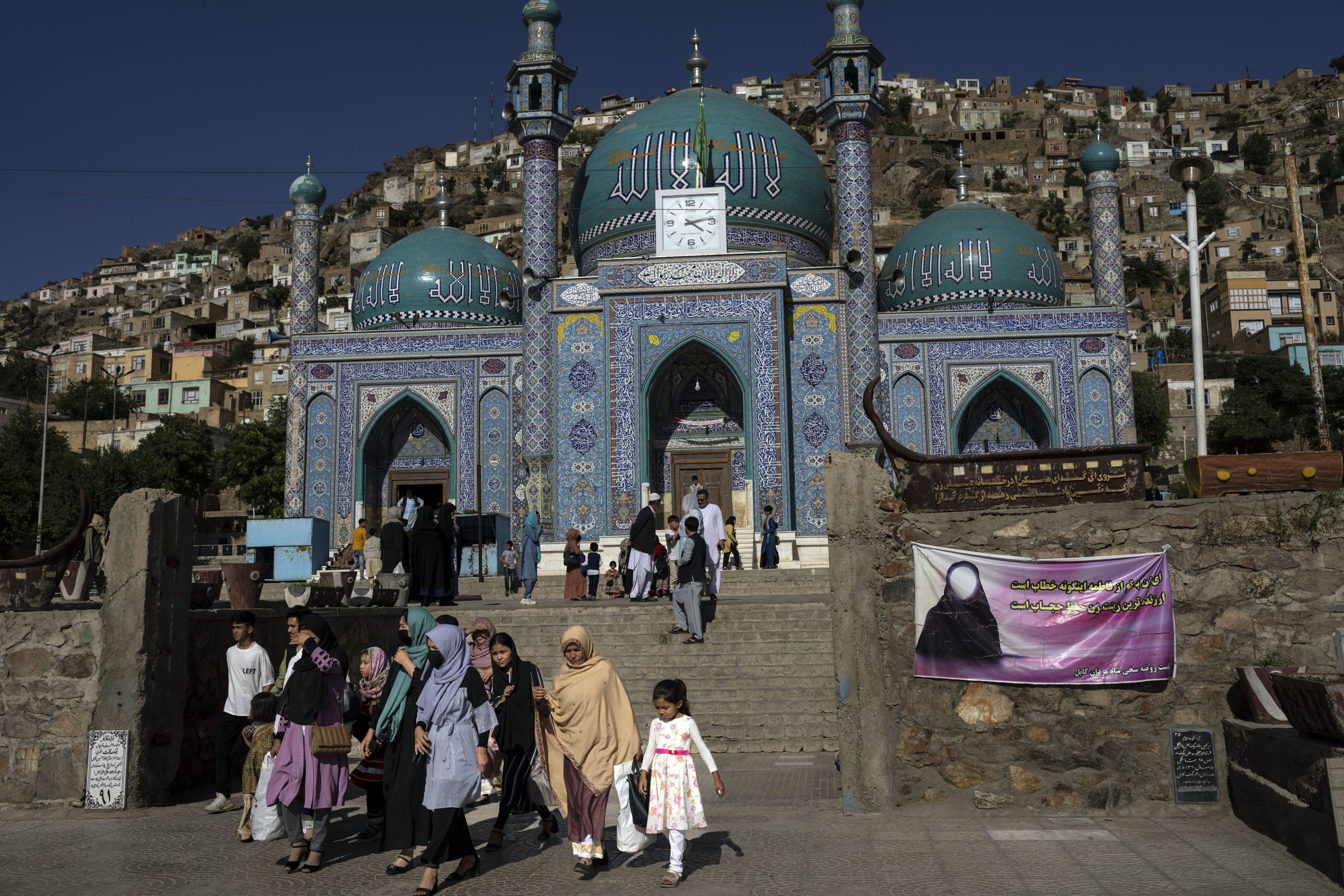Millions of Australians will lose an hour of sleep in a few weeks’ time as daylight saving comes into effect.
All but three states and territories will wind their clocks back by an hour on the first weekend in October.
Here’s everything you need to know before daylight saving time starts.
When does daylight saving time start in Australia in 2025?
Daylight saving comes into effect at 2am on Sunday, October 5.
It falls during the October long weekend.
Do the clocks go forward or backward in October?
Clocks are moved forward by one hour, from 2am to 3am.
It means losing an hour of sleep but will give Australians more daylight from Monday evening onwards.
When will daylight saving end in 2026?
Daylight saving will run for five months before ending in April 2026.
At 2am on Sunday, April 5, clocks will be moved back by one hour to 1am to provide more morning daylight during the cooler months.
It will also mean an extra hour of sleep for millions of Aussies.
READ MORE: How to maximise public holidays and make the most of your annual leave in 2025
Why does daylight saving exist?
The whole purpose of daylight saving is to make better use of natural daylight and reduce energy consumption depending on the time of year.
During the warmer months, this means moving the clocks forward to enjoy more sun in the evenings.
In the cooler months, the clocks are moved back so Aussies can make the most of morning light.
Why doesn’t all of Australia have daylight saving?
Not all Australian states and territories observe daylight saving.
While New South Wales, Victoria, South Australia, Tasmania, and the Australian Capital Territory change their clocks twice a year, Queensland, Western Australia, and the Northern Territory have opted out.
This is largely because Queensland, WA and the NT are closer to the equator, so the difference in daylight hours doesn’t vary as much across the seasons in those regions.
DOWNLOAD THE 9NEWS APP: Stay across all the latest in breaking news, sport, politics and the weather via our news app and get notifications sent straight to your smartphone. Available on the Apple App Store and Google Play.
